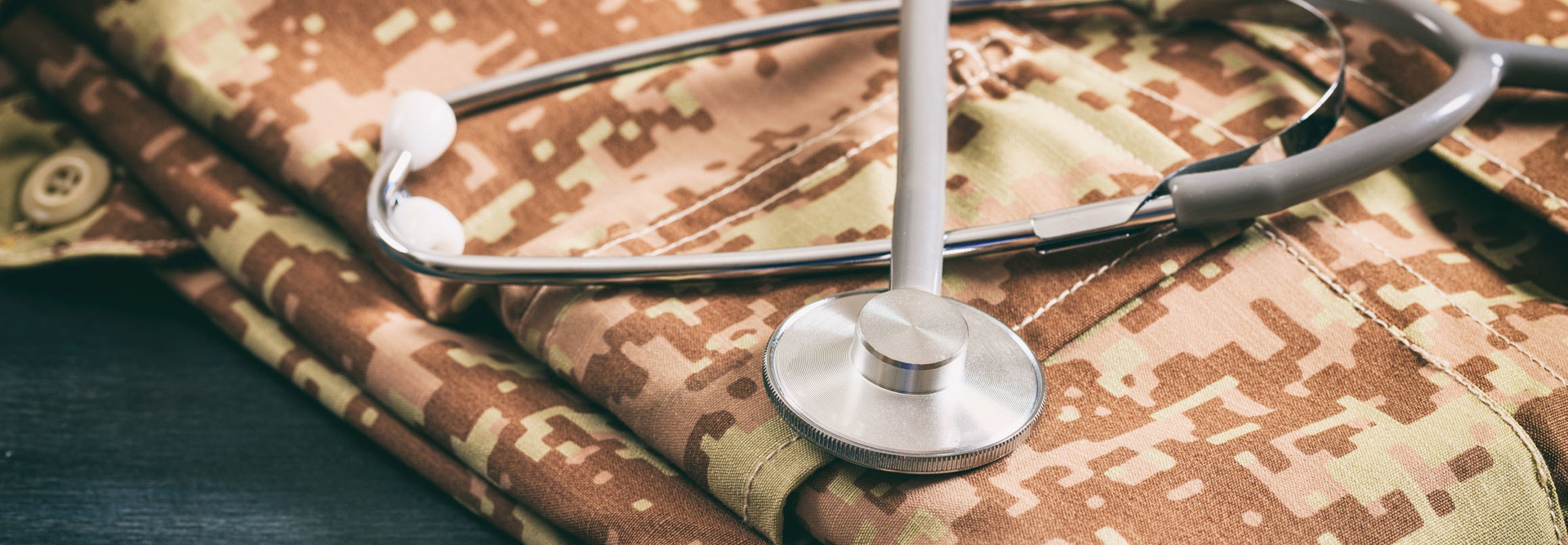Military Health System Taps Virtual Care to Boost Outreach and Outcomes
Like many of its civilian counterparts, the Military Health System struggles with rising costs, inconsistent outcomes and providing timely and consistent access to care. As it works to overcome these hurdles and achieve the Quadruple Aim, the MHS, which serves military members, dependents, retirees and the professionals who provide their care, is being supported by a powerful ally: digital technology.
As the functional manager of the U.S. Air Force Medical Service and the 20th Air Force Surgeon General, I saw firsthand how digital technologies can extend the outreach and reach-back of MHS physicians, medics and other clinical staff to improve both operating efficiency and the patient experience. One technology that has already demonstrated its value at MHS, and that holds even greater promise for the future, is virtual health: the use of teleconferencing, mobile apps and other technologies that allow patients to connect with healthcare providers across vast distances.
Virtual Care Shows Its Value in the MHS
The MHS has used virtual health in some capacity since the 1990s, in both direct care for active military personnel (at Defense Department–operated military training facilities) and purchased care for family members and retirees (through TRICARE). Types of services include consultation via teleconference; secure messaging; mobile applications; and store-and-forward, which allows for the electronic transmission of medical information, such as photographs, diagnostic images, documents, and prerecorded videos for diagnosis or evaluation. Such services are available between MHS providers — typically a generalist and a specialist — and between patients and providers.
Today, you can see virtual health applications being used in MHS base hospitals, field hospitals, ambulances and air evac vehicles, and in battle. For example, the Battlefield Airmen Trauma Distributed Observation Kit (BATDOK) is a mobile application currently in use by the Air Force that allows a frontline medic to monitor multiple patients with relative ease while on the battlefield.
The software comes with FDA-approved sensors, which, when attached to a patient, send the patient’s vital signs back to the medic’s screen in real time. If, while examining Patient A, Patient B’s heart rate drops to a dangerous level, the medic will receive an alert so he or she can attend to Patient B immediately.
The sensors also document the exact geographic location where a patient is located, which can aid in communication and identifying casualties. Patient data included in BATDOK is automatically integrated into his or her MHS electronic medical record. The software is interoperable with battlefield digital situational awareness maps, which helps identify the exact location of casualties. It also includes a medical library for providers to reference when needed.
mHealth Tools Help MHS Expand the Reach of Care
Virtual health is all about providing a communication system and leveraging technology to make the patient experience better and the physician more efficient no matter their locations. For instance, virtual health could help a patient avoid unnecessary travel to an MHS hospital for a wound check if the patient can transmit from home a video that shows that the would is healing well.
As is often the case with new technologies, virtual health adoption remains low. Fortunately, MHS can overcome this obstacle by educating providers about how to treat patients virtually and how to use virtual health platforms, and by fostering trust and addressing fears among patients about the quality and reliability of those services.
This, I know from personal experience. When I was with the Air Force, I led an initiative to boost physician and patient acceptance rates for a secure messaging system at Elmendorf Air Force Base in Anchorage, Alaska. By focusing on user adoption and gaining broader visibility for new technologies in general, we grew the SMS user acceptance rate fourfold: from the typical 15 percent to 60 percent. Today, SMS is a mainstay of the healthcare industry — a likely outcome for virtual health, as well.










